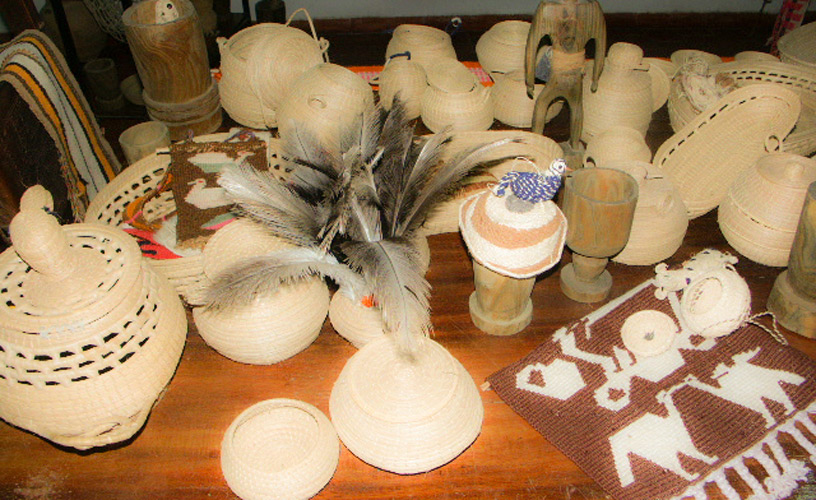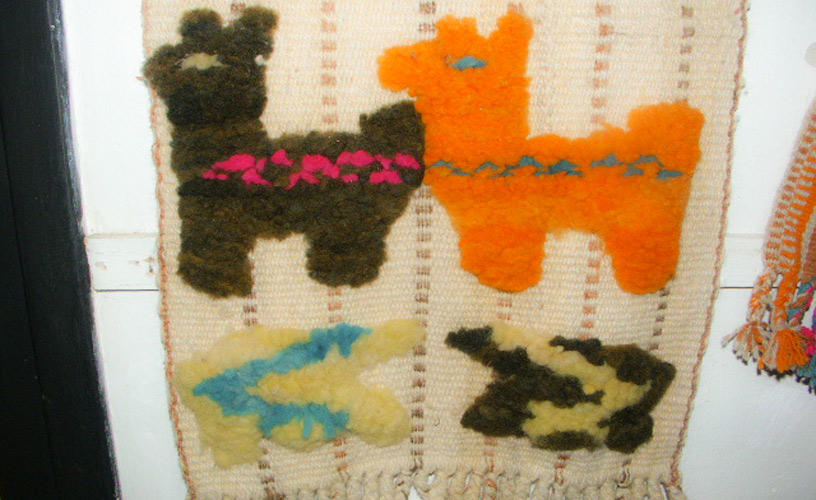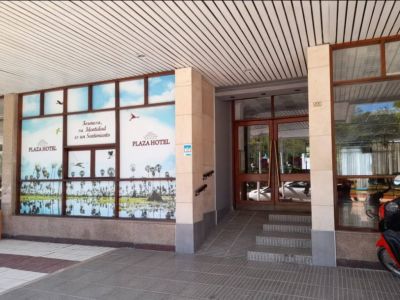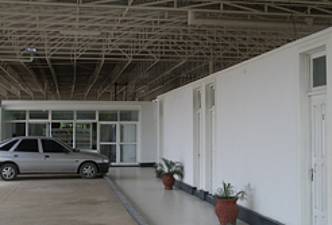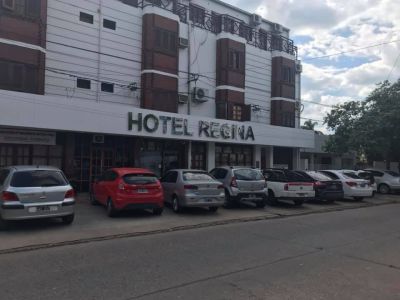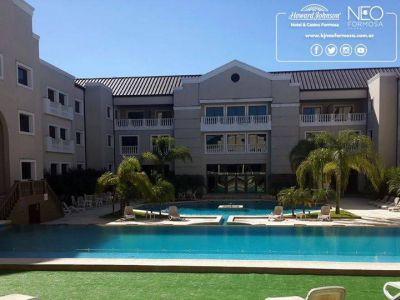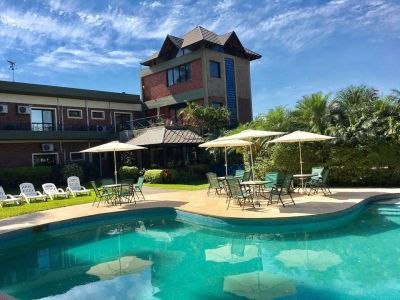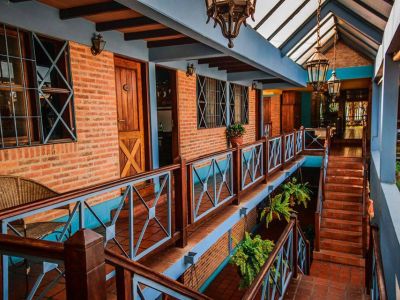Crafts Shop
A place where crafts are not only objects to be used or to decorate but true representatives of the history, development and future of the three originate cultures of these lands: toba, pilagá and wichi.
Located at 802 San Martín Street, the Crafts Shop opens its doors to show and sell different objects which are legitimately hand made, produced by members of toba, pilagá and wichi cultures. Inside, you will find tapestries, carpets, baskets, covers, ponchoes, bags, belts, vinchas, yicas, sikiat, kanatec, kajutí, basketwork, collars, bracelets, ankle socks, mortars, jars, clutery, animals and human figures carved in wood. Main material used by these three cultures come from natural elements such as wool, vegetal fiber of cattails,palm and paja brava, seeds, river shells, tatú tails, mountain fruits, feathers, wood, leather or clay. As you go around the instalations of the Crafts Shop, you will be in direct contact with craftsmen, legitimate regional artists who reveal techniques used to make the designs.
Among their secrets, they say that they get the wool from their little herds or exchanging with a creole from the region their finished products. They hardly know the "rueca". After they get it into wool, they wash it and dye it. Among the crafts made out of vegetal fiber, outstand the ones made of "chaguar" being the most important wichi ethnos. It grows abundantly in the whole central region and west of Formosa province. There is a great variety of the same specie but women select two or three of them to work either because of their length or because of the narrowness of the fiber. On the other side, pottery is completely utilitarian and, thus, has no ornamentation- no carvings or paintings. Craftsmen take dry soil, put it into a mortar and then pass it through a cloth made of a thin web of chaguar to take impurities out. Regarding wood carvings, there is only one craftsman. In native cultures, sex roles are clearly differenciated being very difficult to find men weaving or women working on wood. They especially work in palo santo which is a perfumed and hard wood. With it, they make mortars, jars, cluttery, little animals and human figures. Thet have started working on a new technique, combining different woods with other elements such as bones. After this explanation telling us about techniques and proceedures, we suggest you not to ask for discounts. We should respect dedication, time and work of all these craftsmen. We are responsible of transmiting their knowledge. Geographical Location of the three original ethnos of Formosa Currently, there are 110 native communities which are stable, 32 of them correspond to Toba Ethnos and they are in the Eastern Area of the Province, in the region that goes from the border of Paraguay River to the imaginary line that joins Bermejo and Pilcomayo Rivers, going through Pozo del Tigre. The central region is occupied by pilagás who are distributed in 15 communities, in a small layer that goes from Pozo del Tigre to las Lomitas and Fortín Soledad, on the same direction of Nº81 Route to Pilcomayo River. The western region is occupied by Matacos who constitute the biggest group distributed in 63 communities.
Marcelo Sola
Marcelo Sola
